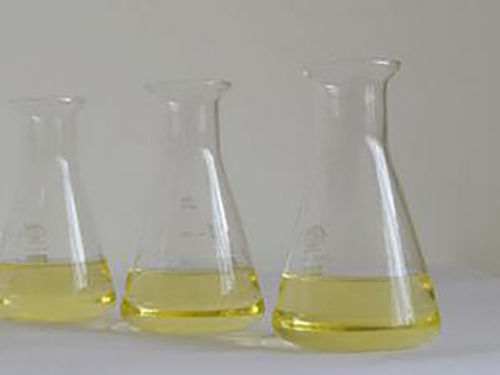Exploring the Applications and Benefits of Isothiazolinone in Various Industries
Understanding the Uses of Isothiazolinones in Various Industries
Isothiazolinones are a class of heterocyclic compounds that have gained significant attention due to their diverse applications, particularly in the fields of cosmetics, pharmaceuticals, and industrial products. These compounds, characterized by a six-membered ring containing nitrogen and sulfur atoms, possess antimicrobial properties that make them effective preservatives and biocides. This article explores the uses of isothiazolinones across various industries, highlighting their benefits and potential concerns.
Cosmetic Industry
One of the most prominent applications of isothiazolinones is in the cosmetic industry. Compounds such as methylisothiazolinone (MIT) and chloromethylisothiazolinone (CMIT) are frequently used as preservatives in a wide range of personal care products, including shampoos, lotions, and facial cleansers. Their efficacy in preventing microbial growth extends the shelf life of these products and ensures consumer safety.
However, the use of isothiazolinones in cosmetics has raised concerns. Some individuals may develop allergic reactions or skin irritations due to prolonged exposure to these compounds. Consequently, regulatory bodies in several regions, including the European Union, have tightened restrictions on the permissible concentrations of isothiazolinones in cosmetic formulations. This highlights the importance of ongoing research to assess safety levels and potential alternatives for preserving cosmetic products without compromising their effectiveness.
Pharmaceutical Applications
In the pharmaceutical sector, isothiazolinones serve as key intermediates in the synthesis of various drugs. Their unique chemical structure allows them to participate in chemical reactions that yield therapeutic agents with antimicrobial properties. Furthermore, isothiazolinones are employed as preservatives in pharmaceutical formulations, particularly in topical medications and eye drops, where the risk of microbial contamination is significant.
The anti-fungal and anti-bacterial properties of these compounds make them valuable in the development of treatments for infections. For example, research is ongoing to explore the potential of isothiazolinone derivatives as agents against drug-resistant bacterial strains. This facet of research showcases the versatility of isothiazolinones beyond simple preservation, highlighting their potential in combating serious health threats.
isothiazolinone uses

Industrial Applications
In addition to their uses in cosmetics and pharmaceuticals, isothiazolinones are prevalent in industrial applications. They are utilized in the formulation of paints, coatings, and adhesives, where their biocidal properties help prevent the growth of mold and mildew. This is particularly critical in environments prone to dampness, where microbial infestations can compromise the integrity of products.
Moreover, isothiazolinones are effective in water treatment processes. They can be used to prevent bacterial growth in cooling towers, industrial water systems, and other applications where water quality is paramount. By ensuring that water remains free from harmful microorganisms, isothiazolinones contribute to the overall safety of industrial processes.
Environmental Considerations
Despite their effectiveness across various applications, the use of isothiazolinones brings environmental concerns to the forefront. These compounds have been detected in wastewater and can exhibit toxicity to aquatic organisms. Their persistence in the environment necessitates careful management and regulation to minimize ecological impact.
As manufacturers strive to meet sustainability goals and reduce environmental footprints, there is a growing interest in developing alternative preservatives and biocides that are less harmful to ecosystems. Companies are actively researching bio-based alternatives that can replace traditional isothiazolinones while maintaining the same level of efficacy in product preservation and protection.
Conclusion
Isothiazolinones are integral to various industries due to their preservative and antimicrobial properties. While they provide essential benefits in cosmetics, pharmaceuticals, and industrial applications, the growing concerns regarding safety and environmental impact necessitate careful consideration and innovation in their use. Ongoing research and development will be crucial in identifying alternatives that safeguard both consumer health and the environment. As industries evolve, striking a balance between efficacy and safety will remain a significant challenge, underscoring the importance of responsible chemistry in modern society.
-
Water Treatment with Flocculant Water TreatmentNewsJun.12,2025
-
Polymaleic AnhydrideNewsJun.12,2025
-
Polyaspartic AcidNewsJun.12,2025
-
Enhance Industrial Processes with IsothiazolinonesNewsJun.12,2025
-
Enhance Industrial Processes with PBTCA SolutionsNewsJun.12,2025
-
Dodecyldimethylbenzylammonium Chloride SolutionsNewsJun.12,2025





